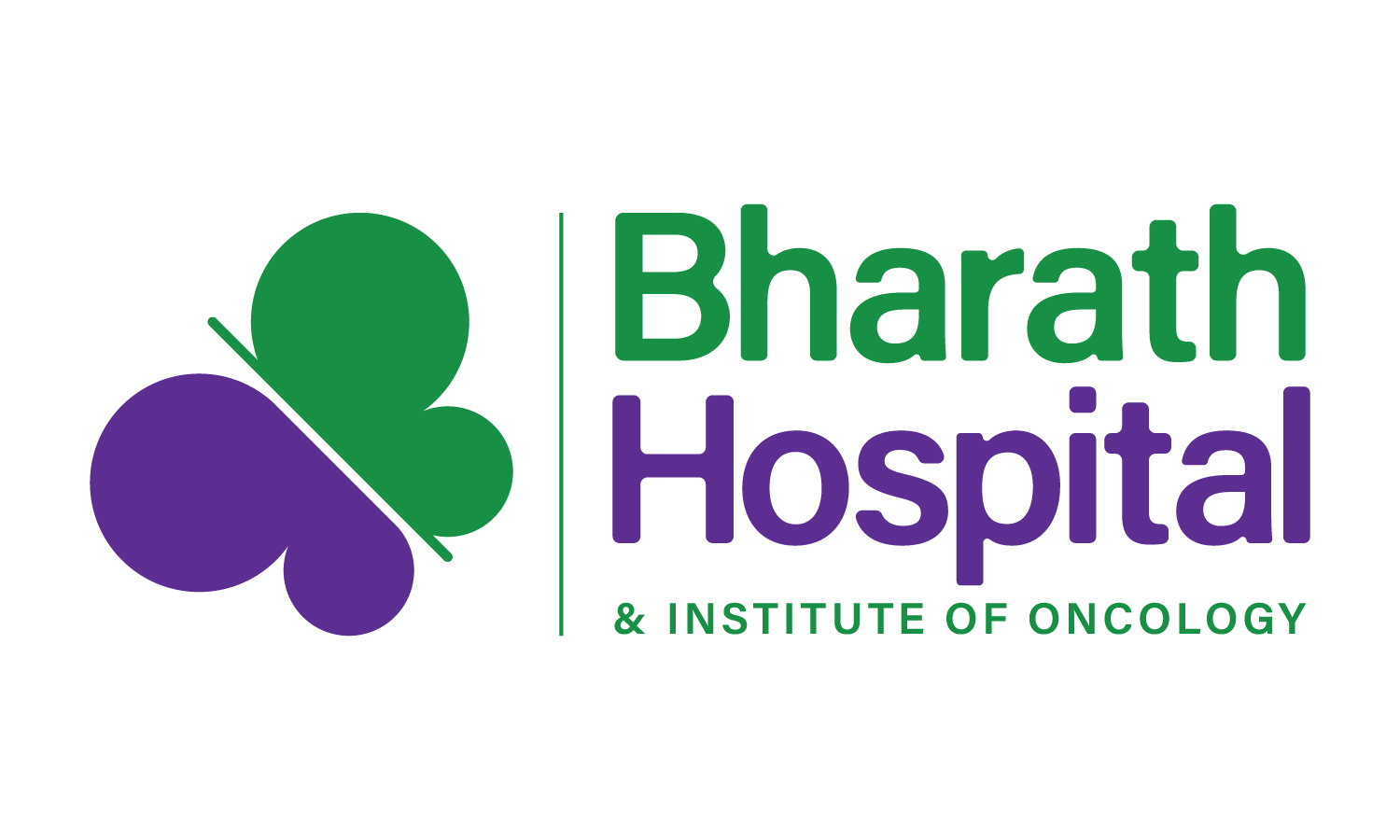Overview
Nasopharyngeal cancer is a type of head and neck cancer. It starts in the nasopharynx, the upper part of the throat behind the nose and near the base of the skull. Cancer starts when cells begin to grow out of control. Cells in nearly any part of the body can become cancer, and can spread to other areas.
India is one of the top 5 Southeast Asian countries that have the highest number of nasopharyngeal cancer cases. Men are 2-3 times more likely to develop nasopharyngeal cancer than women. Nasopharyngeal cancer is difficult to detect early. That’s probably because the nasopharynx isn’t easy to examine and symptoms of nasopharyngeal carcinoma mimic those of other, more-common conditions. However, when detected early, nasopharyngeal cancers can be treated without much complications.
Symptoms
In its early stages, nasopharyngeal carcinoma may not cause any symptoms. Possible noticeable symptoms of nasopharyngeal carcinoma include:
Causes
Cancer begins when one or more genetic mutations cause normal cells to grow out of control, invade surrounding structures and eventually spread (metastasise) to other parts of the body. In nasopharyngeal carcinomas, this process begins in the squamous cells that line the surface of the nasopharynx. Exact causes for the gene mutations that lead to nasopharyngeal carcinoma are not known yet. However, factors, such as the Epstein-Barr virus, that increase the risk of this cancer have been identified. Nevertheless, it isn’t clear why some people with all the risk factors never develop cancer, while others who have no apparent risk factors do. Below are some of the crucial risk factors that are associated with the development of nasopharyngeal cancers:
Tobacco Consumption: Tobacco use, which includes cigarettes, cigars, pipes and chewing tobacco, is the single greatest risk factor for head and neck cancer including nasopharyngeal cancers.
Alcohol: Frequent and heavy consumption of alcohol is associated with an increased risk of developing nasopharyngeal cancers.
Epstein-Barr Virus Infection: Several studies have confirmed a strong association between EBV infection and the incidence of nasopharyngeal cancers.
Ethnicity: Nasopharyngeal cancers are more prevalent among Southeast Asians.
Eating Habits: Consuming salt-cured fish and meats in large quantities on a regular basis increases NPC risk.
Age: The risk of developing NPC increases with age.
Gender: Nasopharyngeal cancers are more common among men than women.
Diagnosis
Tests to diagnose nasopharyngeal carcinoma
Tests and procedures used to diagnose nasopharyngeal carcinoma include:
Treatment
Specialists carefully devise a treatment plan for nasopharyngeal cancers based on several factors, such as the stage of the cancer, the treatment goals, overall health of the patient and the side effects that the patient is willing to tolerate. Treatment for nasopharyngeal carcinoma usually begins with radiation therapy or a combination of radiation and chemotherapy.
Radiation therapy: Radiation therapy uses high-powered energy beams, such as X-rays or protons, to kill cancer cells. Radiation therapy for nasopharyngeal carcinoma is usually administered through external beam radiation therapy. During this procedure, the patient is positioned on a table and a large machine is manoeuvred around him/her to deliver the radiation precisely. For small nasopharyngeal tumours, radiation therapy may be the only treatment necessary. In advanced conditions, radiation therapy may be combined with chemotherapy. Radiation therapy carries a risk of side effects, including temporary skin redness, hearing loss and dry mouth.
A type of internal radiation therapy, called (brachytherapy), is sometimes used in recurrent nasopharyngeal carcinoma. During this treatment, radioactive seeds or wires are positioned in the tumour or very close to it. Radiation therapy to the head and neck, especially when combined with chemotherapy, often causes severe sores in the throat and mouth. Sometimes these sores make it difficult to eat or drink. If this occurs, the doctor may recommend inserting a tube into the patient’s throat or stomach. Food and water are delivered through the tube until the mouth and throat heal.
Chemotherapy: Chemotherapy is a systemic therapy that uses chemicals to kill cancer cells. Chemotherapy drugs can be given in pill form, administered through a vein or both. Chemotherapy may be used to treat nasopharyngeal carcinoma in three ways:
Chemotherapy at the same time as radiation therapy: When the two treatments are combined, chemotherapy enhances the effectiveness of radiation therapy. This combined treatment is called concomitant therapy or chemoradiation. However, the side effects of chemotherapy are added to the side effects of radiation therapy, making concomitant therapy more difficult to tolerate.
Chemotherapy after radiation therapy: Doctors could recommend chemotherapy after radiation therapy or after concomitant therapy. Chemotherapy is used to attack any remaining cancer cells in the body, including those that may have broken off from the original tumour and spread elsewhere. Some controversy exists as to whether additional chemotherapy actually improves survival in people with nasopharyngeal carcinoma. Many patients who undergo chemotherapy after concomitant therapy are unable to tolerate the side effects and must discontinue treatment.
Chemotherapy before radiation therapy: Neoadjuvant chemotherapy is chemotherapy treatment administered before radiation therapy alone or before concomitant therapy. More research is needed to determine whether neoadjuvant chemotherapy can improve survival rates in people with nasopharyngeal carcinoma. Decisions on the chemotherapy drugs that will be administered to the patient will be made by the specialists based on the condition of the disease.
Surgery: Surgery is often used in the removal of the tumour and some surrounding healthy tissue during an operation. Although it is occasionally used in the treatment of nasopharyngeal cancers, it is not a common treatment choice. This is because the nasopharynx region is hard to reach and lies close to cranial nerves and blood vessels.



